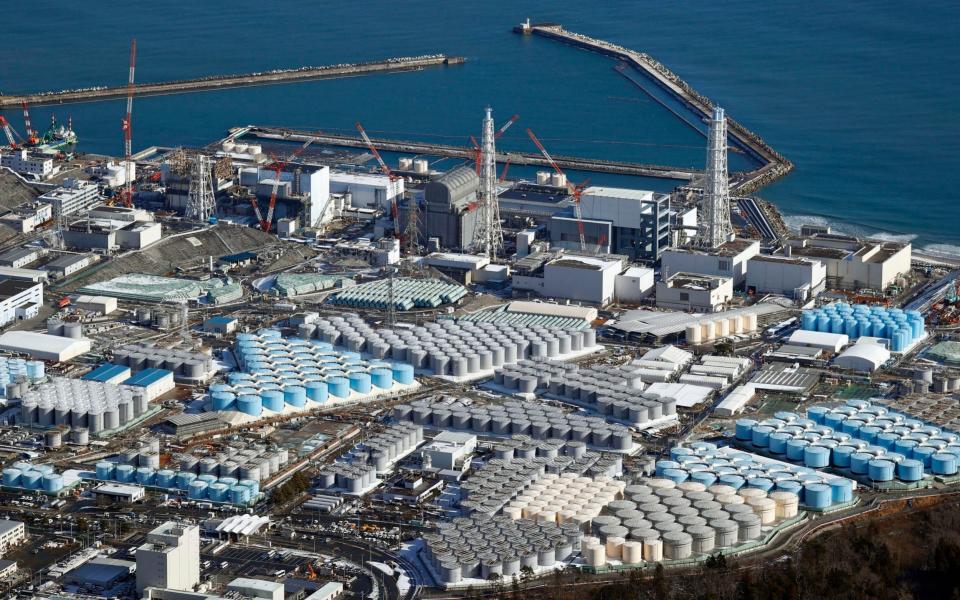China brands Japan's plan to release treated Fukushima water into sea as 'extremely irresponsible'

Japan’s government sparked a furious backlash on Tuesday after it announced plans to release more than 1 million tonnes of contaminated water from the crippled Fukushima nuclear plant into the Pacific Ocean.
The water is stored in vast tanks at the plant, which was destroyed by the March 2011 earthquake and tsunami, causing melt-downs of three of the six reactors. Cold water was used to cool the reactor cores and pooled in the basement levels of the buildings, with levels further elevated by groundwater.
The Japanese government and Tokyo Electric Power Co, the operator of the plant, say they have considered a number of solutions to the problem and concluded that treating the water to remove the radioactive contaminants, diluting it and then releasing it into the ocean is the best option.
Critics, however, point out that the much-vaunted Advanced Liquid Processing System has failed to reduce contaminants such as strontium 90, cobalt, rhodium and iodine to “non-detect” levels, as was initially promised as a condition for releasing the water into the Pacific.

They add that the Japanese authorities have not permitted an independent investigation into the levels of radionuclides in the water.
Neighbouring governments were quick to denounce Japan’s plans, although the operation is not expected to begin for another two years.
The South Korean government called an emergency meeting to discuss the issue and the Japanese ambassador was summoned to the foreign ministry later in the day to receive a formal protest.
Parties across the political spectrum have also condemned the decision, along with environmental groups, which described the plan as “nuclear terror”.
China said Japan had decided to release the water “without regard for domestic and foreign doubts and opposition,” adding that the plan threatens public health.
“This approach is extremely irresponsible and will seriously damage international public health and safety and the vital interests of the people of neighbouring countries,” the foreign ministry said in a statement on its website.
Beijing said the ocean was the “common property of mankind” and the disposal of the nuclear waste water “is not just Japan's domestic issue.”
Taiwan has also communicated its concerns to Tokyo and it is possible that one or more national governments may take legal action against Japan.
There is also domestic opposition to the plan, with the head of the national federation of fisheries cooperatives declaring the decision to be “extremely regrettable” and “utterly unacceptable” to his members, who have already struggled to rebuild the local industry in the aftermath of the original disaster.
Hideyuki Ban, co-director of the Tokyo-based Citizens’ Nuclear Information Centre, said local fishermen, representatives of the tourism industry in north-east Japan and residents of 45 major cities and towns in the region have “expressed their opposition”.
“The government has repeatedly acted contrary to the promise it made that it would not take any action without the understanding of all concerned”, Mr Ban said.
“It is an act that makes us lose confidence in the government’s promise not only for the present but also for the future”. Greenpeace has gathered more than 184,000 signatures to a petition calling on the government to reconsider its plan, pointing out that some of the radionuclides in the water have a lifespan of tens of thousands of years.
“The Japanese government has once again failed the people of Fukushima”, said Kazue Suzuki, a campaigner with Greenpeace Japan.
“The government has taken the wholly unjustified decision to deliberately contaminate the Pacific Ocean with radioactive waste.
“It has discounted the radiation risks and turned its back on the clear evidence that sufficient storage capacity is available on the nuclear site as well as in surrounding districts”, she added.

 Yahoo Finance
Yahoo Finance 